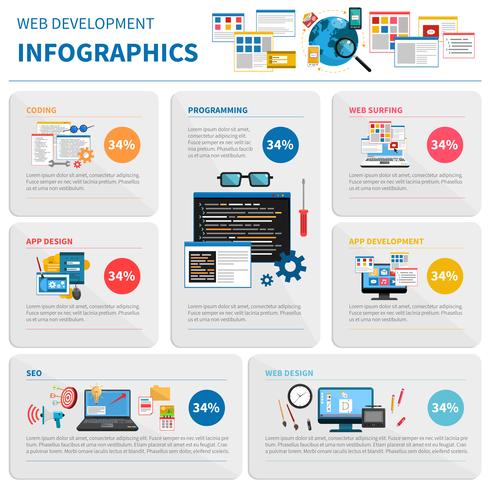The Transformation Of Online Platforms: A Trip Through Time
The Transformation Of Online Platforms: A Trip Through Time
Blog Article
Write-Up By-Carstens Dodson
In the past, internet sites were straightforward and concentrated on info. Navigation was direct, and layout was for desktops. Currently, individual experience is vital. Data guides layouts for very easy navigation. Receptive designs match various tools. Today, dark setting minimizes strain, and minimal food selections boost navigating. Interactive functions engage users, and vibrant visuals stand apart. AI integration improves interaction. See just how style has progressed to boost your on-line trip.
Very Early Days of Website Design
In the very early days of web design, simpleness reigned supreme. Sites were fundamental, with minimal shades, fonts, and formats. https://waylonbunfx.theisblog.com/30076687/by-grasping-the-distinctions-in-between-these-two-search-engine-optimization-strategies-businesses-can-create-an-extra-reliable-online-marketing-strategy-that-drives-both-neighborhood-and-natural-website-traffic-to-their-internet-site was on supplying information instead of flashy visuals. Users accessed the internet with slow-moving dial-up links, so speed and functionality were essential.
Navigation food selections were straightforward, generally located at the top or side of the web page. Sites were designed for desktop, as mobile browsing had not been yet common. Material was king, and designers prioritized easy readability over intricate design elements.
HTML was the primary coding language used, and developers needed to work within its constraints. https://www.designerwomen.co.uk/digital-marketing-spending-market-scope-size-and-forecast-facebook-microsoft-alibaba/ and interactive features were marginal contrasted to today's criteria. Websites were fixed, with little dynamic content or tailored customer experiences.
Rise of User-Focused Style
With the evolution of web site style, a shift in the direction of user-focused layout principles has become increasingly famous. Today, creating internet sites that focus on user experience is essential for engaging site visitors and achieving service objectives. User-focused style includes understanding the needs, preferences, and habits of your target audience to customize the website's format, web content, and includes appropriately.
Developers currently carry out comprehensive research study, such as individual surveys and functionality testing, to collect understandings and feedback directly from customers. This data-driven method aids in developing instinctive navigation, clear calls-to-action, and aesthetically enticing interfaces that reverberate with visitors. By putting the customer at the center of the layout process, web sites can provide an extra tailored and pleasurable experience.
Responsive style has actually also emerged as a crucial facet of user-focused layout, making certain that web sites are maximized for various devices and screen sizes. This flexibility enhances accessibility and functionality, dealing with the varied ways customers communicate with web sites today. In essence, the increase of user-focused style indicates a shift in the direction of developing digital experiences that focus on the demands and assumptions of the end user.
Modern Trends in Web Design
Check out the most recent fads shaping website design today. One famous trend is dark setting style, offering a streamlined and modern-day look while decreasing eye stress in low-light atmospheres. One more vital fad is minimalist navigating, streamlining food selections and improving individual experience by focusing on essential elements. Including micro-interactions, such as animated switches or scrolling impacts, can produce a much more interesting and interactive internet site. Receptive layout remains important, guaranteeing smooth individual experiences throughout numerous devices. In addition, making use of strong typography and asymmetrical designs can include aesthetic interest and draw attention to particular material.
Integrating AI modern technology, like chatbots for client support or individualized suggestions, improves customer involvement and simplifies processes. Access has additionally become a substantial fad, with designers prioritizing inclusive layout methods to accommodate varied user demands. Embracing sustainability by maximizing website efficiency for rate and efficiency is one more emerging trend in web design. Teaming up with individual comments and data analytics to iterate and enhance layout continually is necessary for remaining relevant in the ever-evolving digital landscape. By accepting these modern patterns, you can create a visually appealing, straightforward site that resonates with your target market.
Conclusion
As you review the development of website style from the early days to currently, you can see how user-focused style has actually come to be the driving force behind modern-day trends.
Welcome the trip of modification and adjustment in web design, always maintaining the customer experience at the leading edge.
Remain existing with the most up to date trends and innovations, and never ever quit advancing your approach to create aesthetically sensational and straightforward internet sites.
Develop, adapt, and develop - the future of website design remains in your hands.
